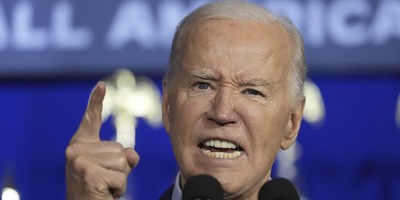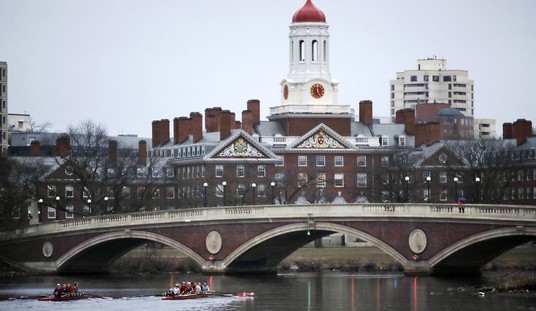WASHINGTON -- Something quite hopeful has been happening to the economy, but it's not getting the credit it deserves and little notice from the national news media in terms of its policy implications. The American economy appears to be showing signs of life in some of its key sectors amid widely shared economic forecasts that the recession will end sometime in the third or fourth quarter of this year and the economy will start growing again.
All recessions end, often long before the doom-and-gloomers say they will, but this one is showing modest signs of improvement despite the fact that only a relatively small portion of the Obama administration's massive $800 billion economic-stimulus fund has been spent.
The Commerce Department reported last week that factory orders rose in April by just 0.7 percent, the second gain in the past three months. OK, it was below the 0.9 percent forecasts, but significant nonetheless because it showed that manufacturing may be showing some life.

Elsewhere, construction spending rose a bit for a second straight month in April by 0.8 percent; existing-home sales were up three months in a row, including a sharp 6.7 percent rise in April; and banks were finding it easier to raise capital while deposits were up.
The automotive industry was in shambles, at least at General Motors and Chrysler, which were in bankruptcy proceedings. But the Ford Motor Co., which has not taken any of the government's bailout money, said last week it would boost production by 10 percent in the third quarter.
Consumer spending, which accounts for two-thirds of our economy, remains at best flat, but its contraction has slowed. It was down by 0.1 percent in April, less than the 0.2 percent forecast -- a hopeful sign.
Recommended
The stock market, which bases its investment decisions on what the future holds, has been experiencing a welcome "bear rally" in the past month -- boosting worker 401(k)s and other pensions funds. The only question on Wall Street now is, when will this turn into a bull market?
All of this has happened when relatively little of the economic stimulus has gotten into the economy's bloodstream. It was fashioned to pump hundreds of billions into public-works projects, but the White House's Web site showed that the Transportation Department has spent only $69 million at last count as part of its pivotal infrastructure spending.
The big secret about the stimulus program is that the bulk of the $37 billion spent thus far has gone to pay for Medicaid bills, unemployment benefits and other safety-net programs.
The Congressional Budget Office and the Government Accountability Office have long been forecasting that only a minority of the stimulus plan's funds would be spent by the close of this fiscal year. The lion's share will not get into the pipeline until 2010, and even that will not be entirely spent by year's end.
The recession will undoubtedly be over next year, but hundreds of billions of dollars will still be pumped into the economy for a broad swath of social programs and domestic initiatives that will produce few if any jobs in the short term.
"Very little of the provisions in the bill had anything to do with short-term economic growth. This was a wish list of liberal priorities dressed up as a stimulus bill," said Brian Riedl, the Heritage Foundation's chief budget analyst.
The bottom-line test for Obama's big-spending stimulus is, will it create the 3.5 million to 4 million jobs that he and White House advisers say it will? So far, their numbers look like a gross exaggeration, and they seem to be backpedaling on it.
Jared Bernstein, Vice President Joe Biden's economic adviser, said on ABCNews.com's "Top Line" last week that "positive GDP (the nation's gross domestic product) growth doesn't mean lower unemployment."
Jobs are almost always a lagging indicator in every recession, and we are in for many more months of weakness in the employment market. That wasn't the case coming out of the severe two-year recession in the early 1980s when jobs were created in the hundreds of thousands each month under President Reagan's tax-cut recovery.
But Obama's recovery is based for all intents and purposes on higher spending, not unlocking job-producing investment capital through lower tax rates. That is its critical policy flaw, which will likely mean a long period of anemic post-recession growth weighed down by massive government debt. It is said that capitalism is a self-correcting system, and we are seeing some signs that self-correction is struggling to take place. But it is running into a thorny thicket of growth-stunting regulations, higher taxes to come and a mountain of debt that Fed Chairman Ben Bernanke said last week threatened the economy's long-term recovery.
Bernanke's warnings need to be taken very seriously by the White House and Congress, which is facing a nearly $2 trillion budget deficit that could wreak havoc with America's economic future.























Join the conversation as a VIP Member